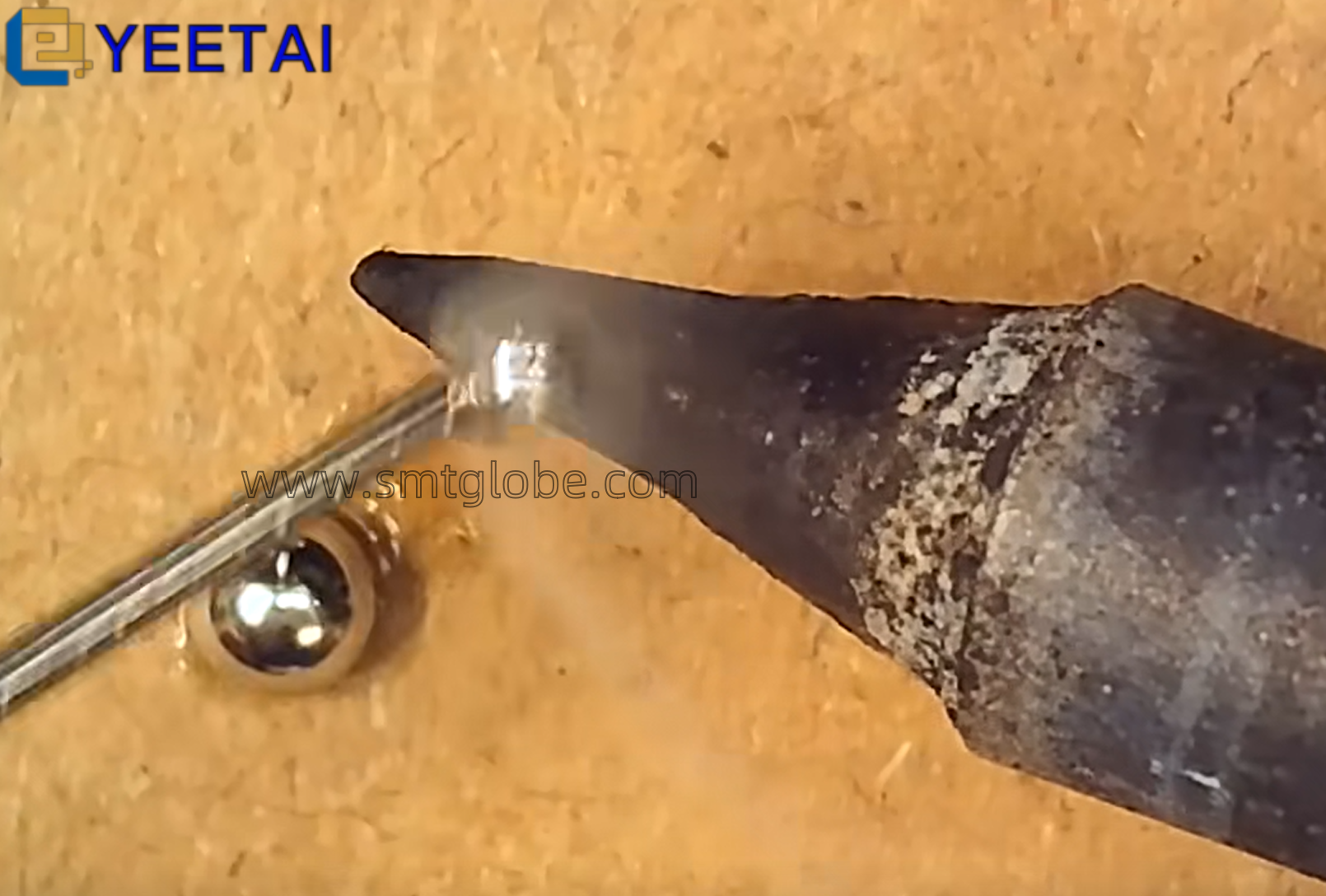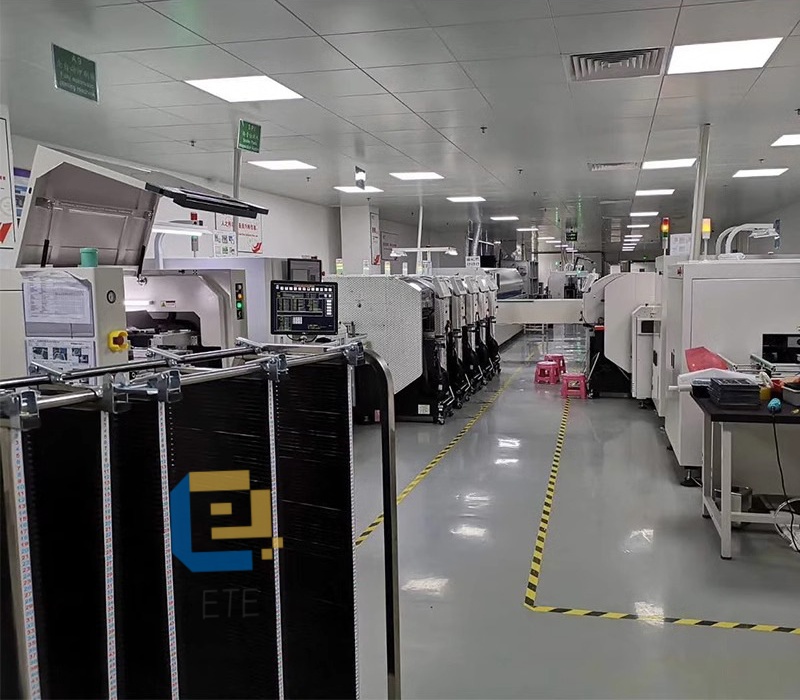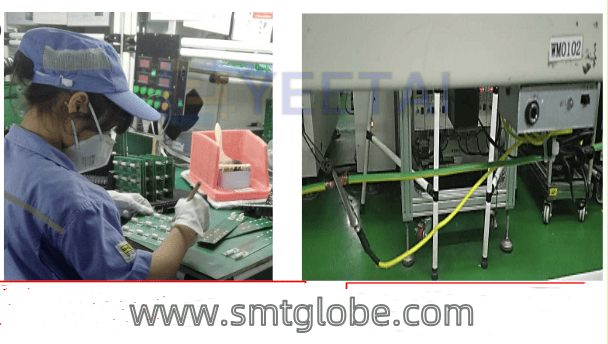In the electronics manufacturing industry, Surface Mount Technology (SMT) and Dual In-Line Package (DIP) technology have been prevalent for decades. Both methodologies serve their purposes effectively, but the question persists: Can SMT truly replace DIP? In this article, we will explore this topic and analyze the reasons why SMT has not fully supplanted DIP, despite its advancements.
Understanding SMT and DIP
Surface Mount Technology (SMT) involves mounting electronic components directly onto the surface of printed circuit boards (PCBs). This method has gained immense popularity due to its numerous benefits, including higher component density, better performance, and shorter assembly times.
Dual In-Line Package (DIP), on the other hand, is a more traditional method of placing components on PCBs, where components are inserted into holes drilled into the board and soldered on the other side. Although older, DIP remains relevant in various applications.
The Slow Transition from DIP to SMT
Despite the rapid development and widespread adoption of SMT components—such as resistors, capacitors, diodes, transistors, and integrated circuits—DIP technology still holds a significant position in the market. Here are the primary reasons why SMT has not fully replaced DIP:
1. Cost Considerations
One of the most significant barriers to the complete transition from DIP to SMT is the cost involved. While SMT components are available for many applications, they often come with a higher price tag compared to their DIP counterparts. For businesses, this cost issue is crucial; if a manufacturing process does not yield a profit, companies are less likely to adopt it.
2. Specific Component Requirements
Another critical factor is that some electronic components necessitate DIP packaging due to their specific performance characteristics. Not all components can be efficiently or effectively produced in SMT format. For instance, certain connectors, sockets, and high-power components cannot utilize SMT; hence, DIP remains essential for these applications.
Conclusion
While SMT offers numerous advantages, including improved assembly processes and reduced space requirements, the complete replacement of DIP technology will take time. Cost concerns and the specific needs of certain components that require DIP packaging indicate that both technologies will coexist in the industry for the foreseeable future.
As companies and factories continue to innovate and adapt, the decision to utilize SMT or DIP will depend on individual project requirements, cost constraints, and the nature of the components involved. Understanding these factors will help stakeholders navigate the complexities of electronic manufacturing and make informed decisions regarding their production processes.
At YEETAI, we produce all kinds of feeder to upgrade SMT machines.



